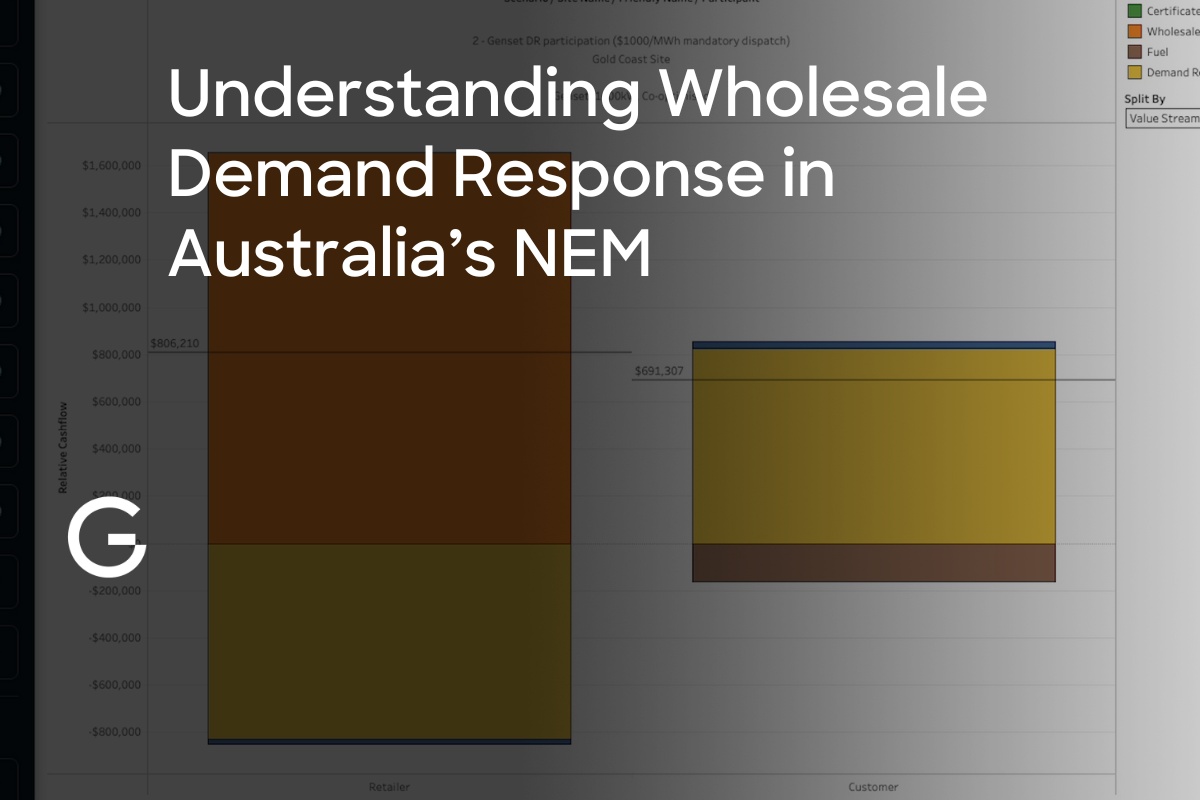Energy Guide: Australian Federal Election 2022

The federal election is barrelling towards us, or perhaps not coming fast enough. Regardless, you may be wondering what the parties battling for our votes have planned for Australia’s energy system.
Unfortunately for the informed elector and mercifully for the author writing this piece on a short time frame, there is not much policy swirling around this federal election. Nevertheless we will pull apart the small policy differences that do exist.
The typical measurement for the viability of a policy is the so-called “pub test” — whether your average punter in the pub thinks something is a good idea. As we are slightly more sophisticated at Gridcognition, I am proposing a slightly more rigorous test: the bathtub test. Everyone’s favourite metaphor for energy vs power.

Let’s get the bath running, shall we?
Australian Labor Party
Policy Name: Powering Australia Plan
Form Factor: Report
Link: https://www.alp.org.au/policies/powering-australia
Key policies:
- $20 billion of public investment in transmission infrastructure to renewable energy zones and beefing up inter-state interconnectors
- $400 million over four years for up to 400 community batteries
- $100 million over four years for community solar banks
- Net zero Australian public service emissions by 2030
- $3 billion investment in the National Reconstruction Fund to increase uptake of green energy
- Incentivise Electric vehicle purchase:
- Exempt EVs, PHEVs, and hydrogen fuel cell vehicles from the Fringe Benefits Tax (FBT) and 5% import duties.
- Make EV charging infrastructure accessible to 99% of the Australian population
The good: Removing FBT from EVs will make them significantly more competitive as an option for employers providing vehicles to employees. For example, a $50,000 Nissan Leaf would be $8700 cheaper under the scheme.
The bad: Lots of cash being splashed into Labor-favoured technologies (but thankfully not of the fossil-fuel variety like the other side of the political aisle). If our existing regulatory and market mechanisms aren’t driving the right investments, maybe the policies that inform these mechanisms need to be updated?
Bathtub score: Luke warm
Liberal National Party
Policy Name: Lower Power Prices, Our Plan for Resources
Form Factor: Web page
Links:
Key policies:
- Continue building Snowy Hydro 2.0
- Invest $600 million in building a gas-fired power station in the Hunter Valley to replace Liddell Power Station which is due to close in 2023
- Technology, not taxes, Long Term Emissions Reduction Plan
- Promote new natural gas basins and mineral provinces for development
- Accelerate the development of Australia’s hydrogen industry
- Additional Carbon Capture and Storage Hubs in Western Australia
The good: Though not especially cost effective, Snowy 2.0 will provide dispatchable energy to smooth out peaks in renewable generation.
The bad: More investment in fossil-fuel projects, when we need less if we’re going to our 2050 climate targets.
Bathtub score: Stone cold
The Greens
Policy Name: Powering Past Coal & Gas
Form Factor: Report
Link: https://greens.org.au/sites/default/files/2022-04/Greens-2022-Plan–Powering-Past-Coal-and-Gas.pdf
Key policies:
- Closure of all coal-fired power stations by 2030
- $40 billion Snowy 3.0 fund to build 25 GW of renewable energy capacity
- 100% renewable energy by 2030
- $25 billion investment in transmission infrastructure by 2027
- Enter the electricity retailing market with the publicly-owned Snowy Hydro Corporation
- Grants of up to $10,000 will be offered to households to remove natural gas heating and cooking facilities
- Grants of up to $10,000 for small businesses to install batteries
- Phased subsidies on EV purchases to encourage early adoption
The good: Helping households eliminate gas connections and purchase EVs is a sensible and targeted approach to reducing emissions and air pollution.
The bad: A publicly owned retailer will likely do little to move the needle on the electricity prices paid by households. Retailing costs only account for 13% of electricity bills in the NEM (source: ACCC).
Bathtub score: Toasty
The Teals
Policy Name: Various
Form Factor: Various
Links:
- https://www.zalisteggall.com.au/climate
- https://www.allegraspender.com.au/policies
- https://www.katechaney.com.au/policies/real-climate-action/my-actions/
- https://www.moniqueryan.com.au/policies
When discussing the ‘Teals’ it is important to note that they are independent candidates. The policies drawn together here are common threads between the candidates cited. They do not represent the views of all ‘Teal’ candidates.
Key policies:
- Pass Zali Steggall’s Climate Change Bill
- Legislate a net zero by 2050 policy
- Legislate 60% carbon emissions reduction by 2030
- Improve vehicle emissions standards
- Aim for over 70% of new vehicle sales to be electric by 2030
- Phase out $11.6 billion in annual fossil fuel subsidies
The good: Though seemingly a small step, legislating emissions reductions policies gives citizens a legal recourse to ensure they are carried out.
The bad: A bit light on the details for some candidates.
Bathtub score: Tentatively snug







